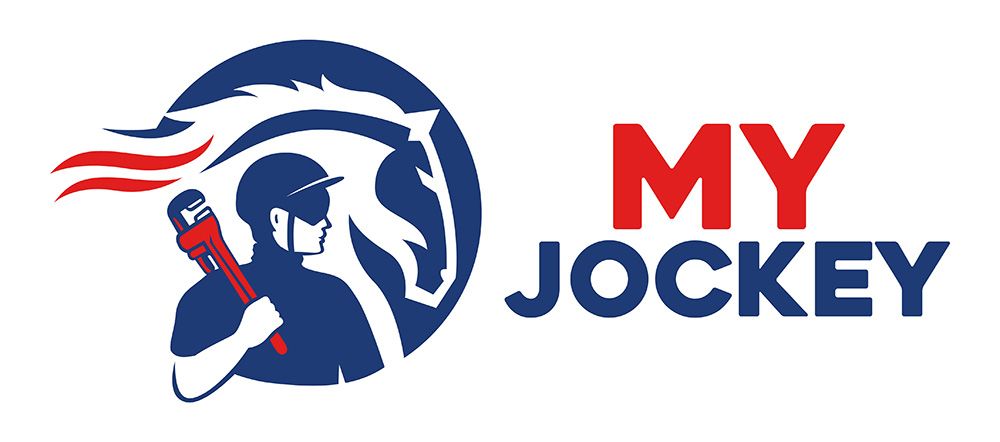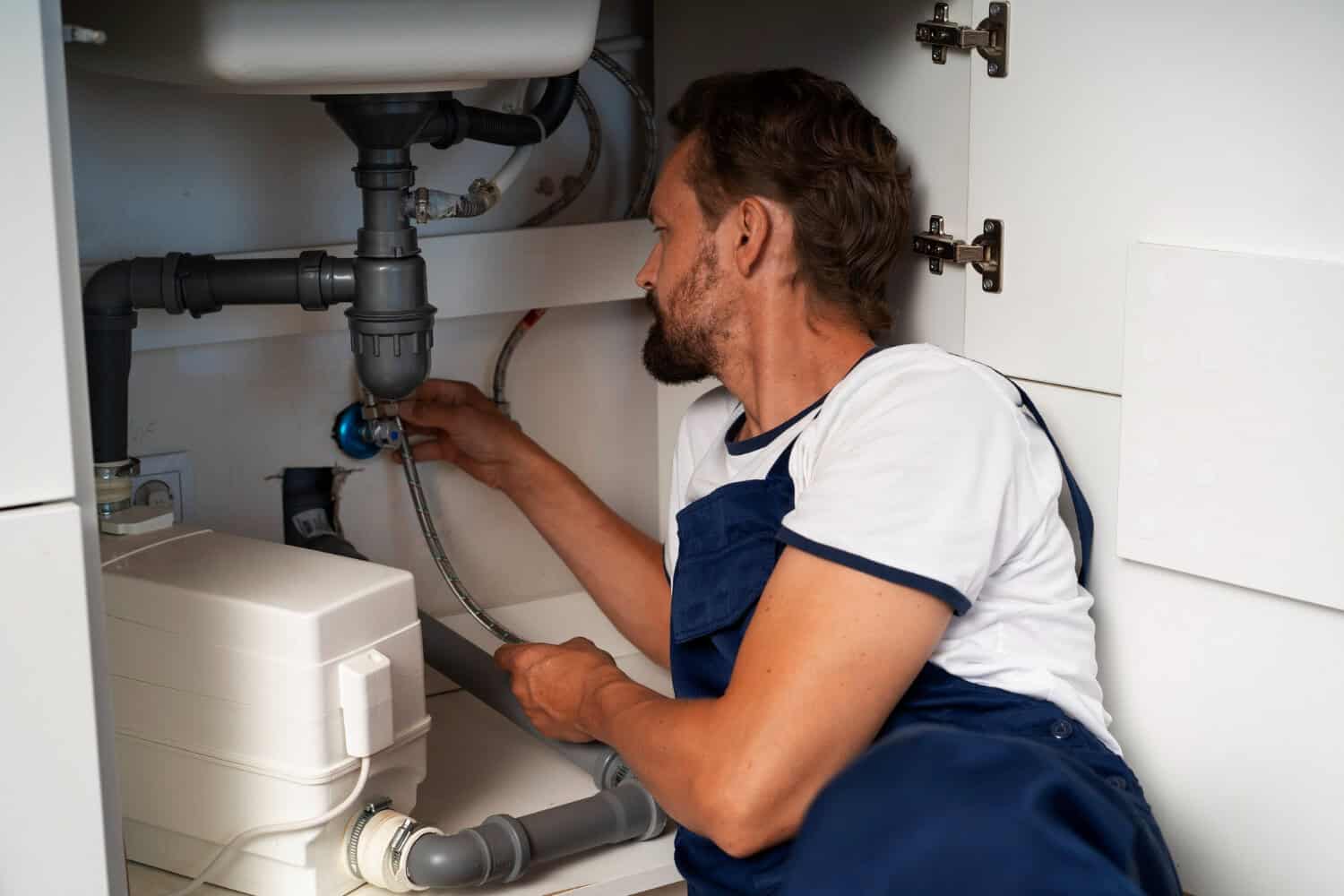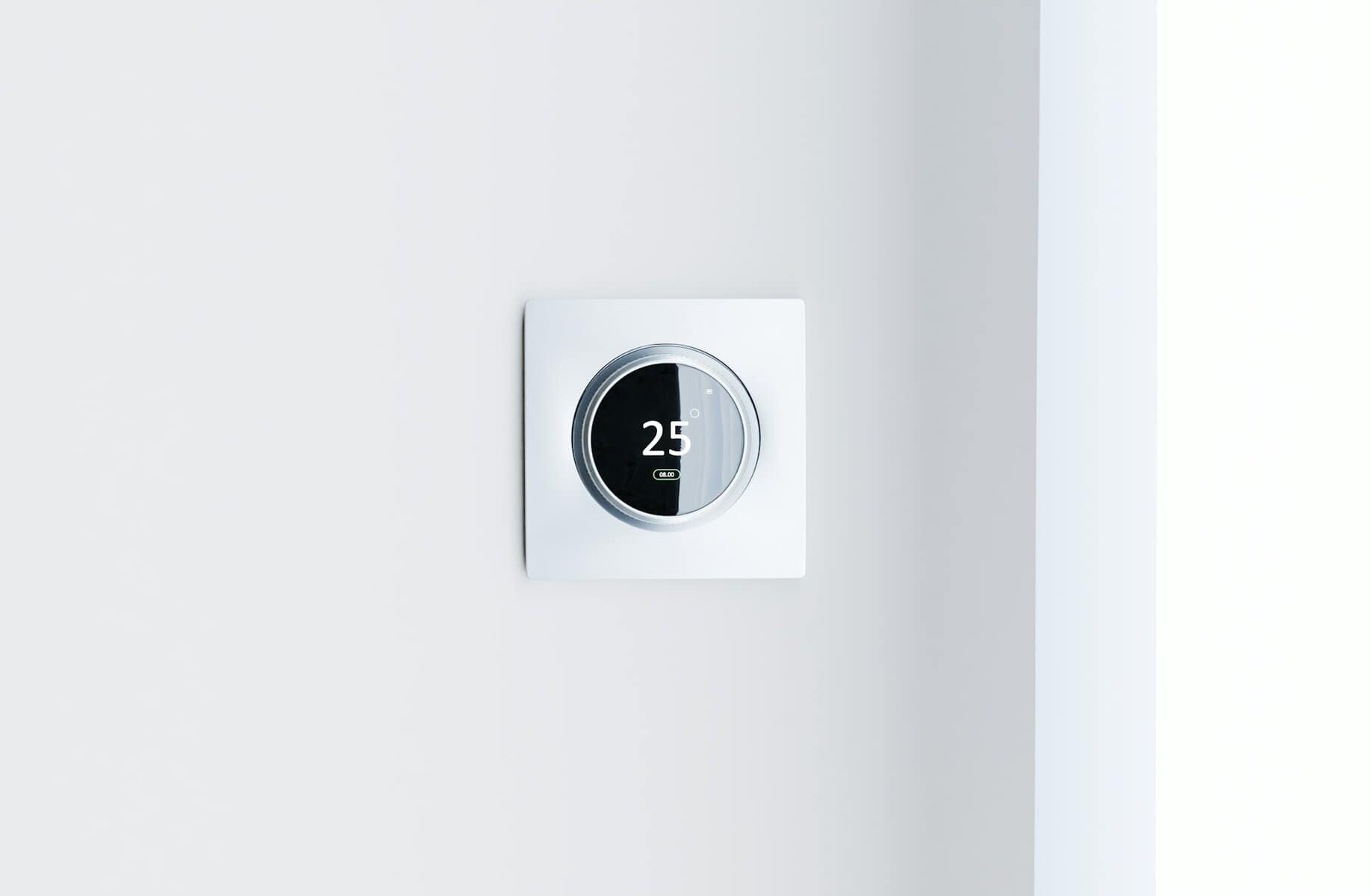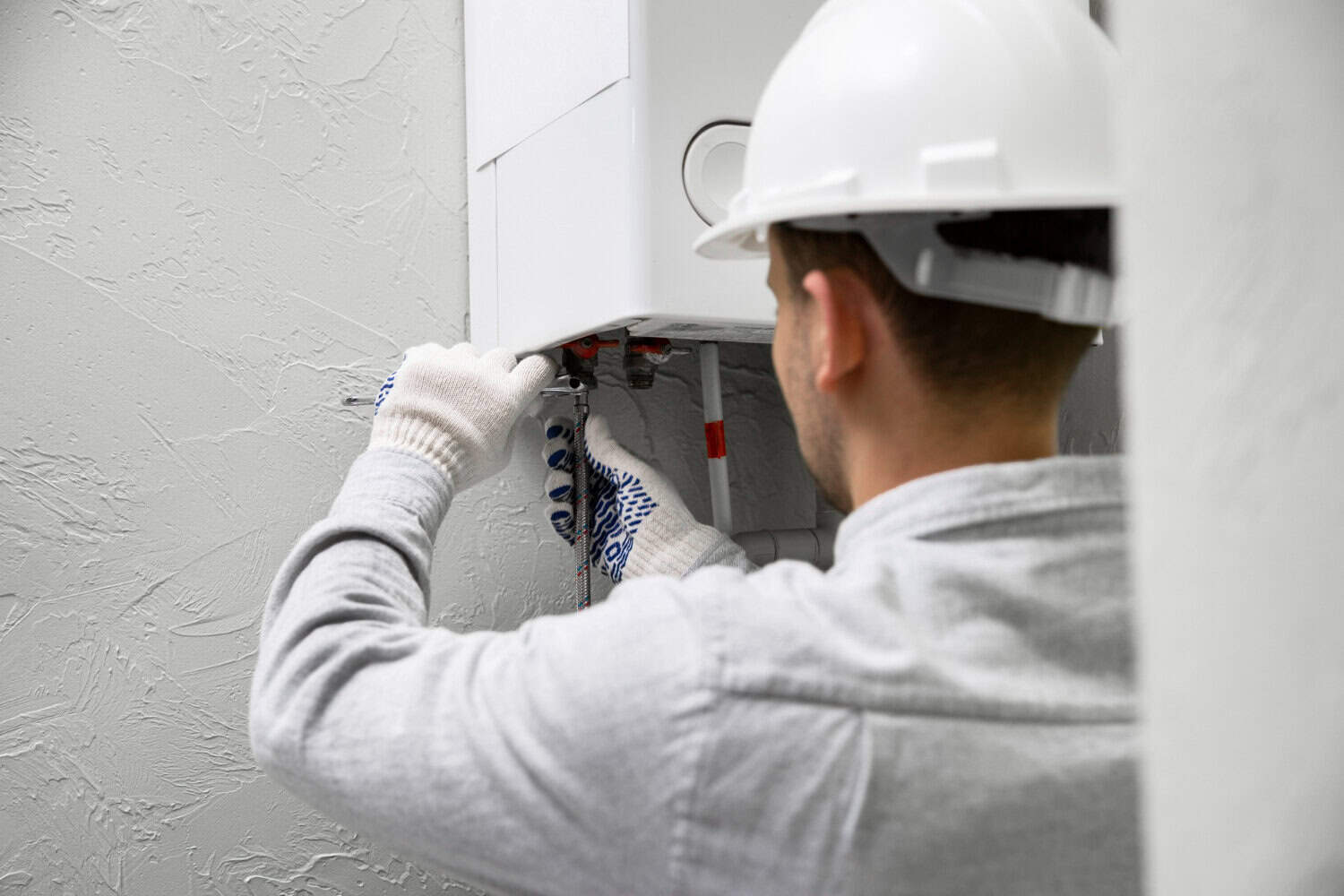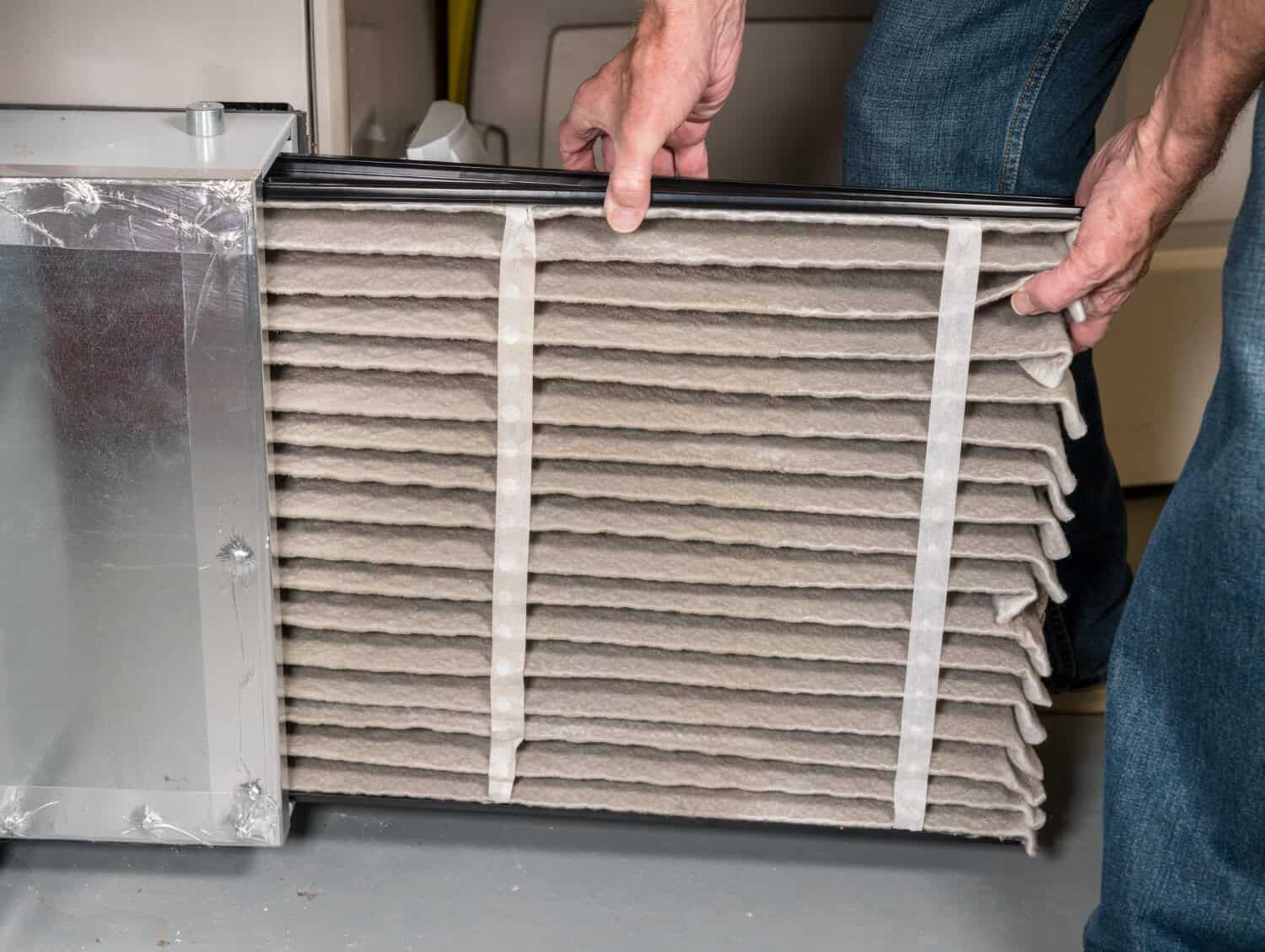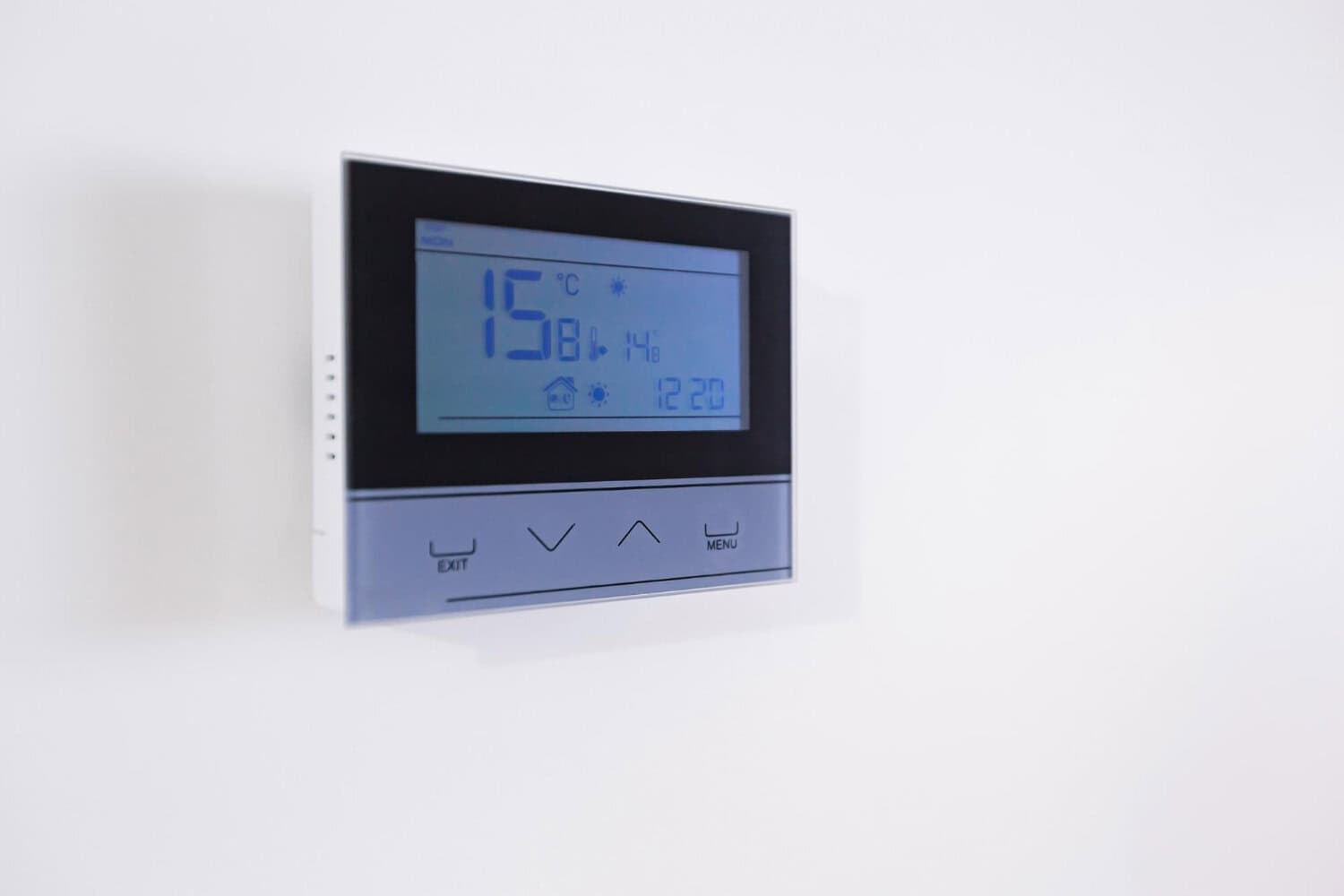Dealing with plumbing issues can be a real headache, but not all problems require a professional plumber. Some common plumbing problems can be fixed easily with a bit of know-how and some basic tools. Whether it’s a leaky faucet, a slow drain, a running toilet, or low water pressure, knowing how to handle these issues can save you time, money, and frustration.
Let’s face it: plumbing problems happen at the worst times. You’re in the middle of doing dishes or taking a shower when suddenly, something goes wrong. While it might be tempting to call a plumber right away, sometimes you can solve the problem yourself. Knowing a few simple fixes can go a long way in keeping your home running smoothly.
Understanding how to fix these common plumbing issues yourself can give you peace of mind. You’ll not only feel more confident in handling minor problems but also potentially avoid more serious issues down the line. So, let’s dive in and look at some easy fixes for common plumbing problems!
Fixing a Leaky Faucet
A leaky faucet can be both annoying and wasteful. Fortunately, fixing it is often straightforward. Here’s how to do it:
1. Turn Off the Water Supply: Start by turning off the water supply to the faucet. You can usually find this valve under the sink. Turn it clockwise to close it.
2. Disassemble the Faucet: Use a screwdriver to remove the handle. Once the handle is off, you can access the faucet’s inner parts.
3. Replace the O-ring or Washer: A worn-out O-ring or washer is a common cause of leaks. Take the old one to a hardware store to find a matching replacement. Install the new O-ring or washer in the same place as the old one.
4. Reassemble the Faucet: Put all the parts back together in the reverse order you took them apart. Be careful not to over-tighten anything, as this can cause damage.
5. Turn the Water Back On: Slowly turn the water supply back on and check if the faucet still leaks. If it doesn’t, congratulations—you’ve fixed it!
Fixing a leaky faucet can save a lot of water and reduce your water bill. Plus, it’s one less dripping sound you’ll have to hear!
Unclogging Slow Drains
Slow drains are a common issue in homes. Whether it’s a bathroom sink, shower, or kitchen sink, clogs can cause water to drain slowly. Here are some simple ways to fix slow drains:
1. Use Boiling Water: Pouring boiling water down the drain can often break up minor clogs. It’s an easy first step that might solve the problem quickly.
2. Try a Plunger: Plungers aren’t just for toilets. Use a sink plunger on the affected drain. Place the plunger over the drain, cover it with water, and push down firmly a few times.
3. Use Baking Soda and Vinegar: Pour a cup of baking soda followed by a cup of vinegar down the drain. Let it sit for 15 minutes. Then flush it with hot water. The chemical reaction can break up clogs.
4. Check the Trap: Under the sink, there’s a U-shaped pipe called the trap. Place a bucket under it, then unscrew the connectors to remove and clean it. Sometimes, hair and debris can clog the trap.
5. Use a Drain Snake: A drain snake is a long, flexible tool that can reach deep into pipes. Insert the snake into the drain and twist it to capture the clog. Pull it out carefully, then flush the drain with water.
If these steps don’t work, the clog might be deeper in the plumbing, and you might need professional help. Keeping drains clean and using strainers can help prevent future clogs.
Fixing these common plumbing issues is easier than you might think. With a bit of effort and the right tools, you can save time, money, and the hassle of dealing with bigger problems down the road.
Repairing a Running Toilet
A running toilet can waste a lot of water and money. Fixing it is easier than you might think. Here’s how you can do it:
1. Check the Flapper: The flapper is a rubber seal inside the toilet tank. It controls the flow of water from the tank to the bowl. Lift the tank lid and check if the flapper is sealing properly. If it’s worn out or damaged, replace it with a new one.
2. Adjust the Float: The float controls the water level in the tank. If it’s set too high, water will keep overflowing into the overflow tube. Adjust the float by bending its arm or turning the adjustment screw so the water level stays about an inch below the overflow tube.
3. Inspect the Fill Valve: The fill valve refills the tank after you flush. If it’s faulty, it can cause the toilet to keep running. Turn off the water supply and remove the fill valve cap. Clean it with a cloth and reassemble it. If the problem persists, replacement might be necessary.
4. Check the Chain: The chain connects the flapper to the flush handle. If it’s too long or too short, it can affect the toilet’s function. Adjust the length so that the flapper closes properly without any slack.
Fixing a running toilet can save you hundreds of gallons of water each month. Plus, it’s a quick and easy fix that can be done in under an hour.
Dealing with Low Water Pressure
Low water pressure in your home can be frustrating, especially when you’re trying to shower or wash dishes. Luckily, some simple fixes can help:
1. Clean the Aerators: Aerators are small screens on your faucets. They can get clogged with mineral deposits. Unscrew the aerator from the faucet, rinse it under running water, and scrub it with an old toothbrush. Reattach it and check if the pressure improves.
2. Check for Leaks: Look for leaks in your plumbing system. Even small leaks can reduce water pressure. Inspect visible pipes for drips or moisture. Also, check under sinks and around your water heater. Repair any leaks you find.
3. Clear the Pipes: Mineral buildup can clog pipes, especially in areas with hard water. You might need a plumber to clean the pipes professionally. However, you can start by using a descaling solution to clean accessible areas.
4. Inspect the Pressure Regulator: Some homes have a pressure regulator on the main water line. If it’s faulty or needs adjustment, it can cause low water pressure. Call a professional to check and adjust the pressure regulator if necessary.
5. Check the Shutoff Valve: Sometimes, the main shutoff valve isn’t fully open, causing reduced water pressure. Locate the valve and turn it counterclockwise to ensure it’s fully open. This simple step might solve your problem.
By addressing these common issues, you can often restore normal water pressure in your home. Consistent water pressure makes daily tasks easier and more enjoyable.
Easy Ways to Solve Common Plumbing Problems
Plumbing issues like a leaky faucet, slow drains, a running toilet, or low water pressure can be bothersome, but many of them are easy to fix. By addressing these problems yourself, you can save time, money, and the hassle of waiting for a plumber. Knowing how to handle minor plumbing issues also helps prevent them from becoming major problems.
At My Jockey, we understand the importance of a smoothly running home. If you encounter a plumbing problem that you can’t fix on your own, or need help with more complex issues, we’re here to assist. Our team of experts offers reliable HVAC and plumbing services in Saratoga Springs.
Contact My Jockey today and let us help you keep your home in top shape.
